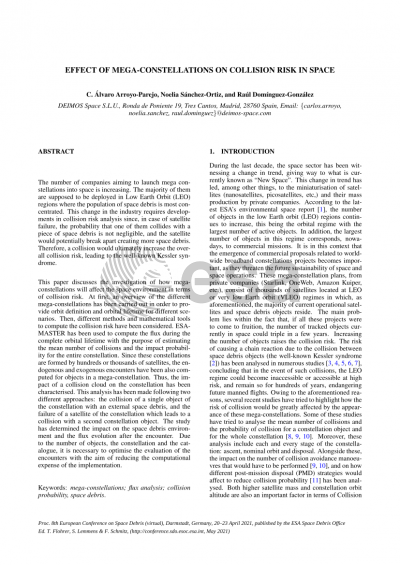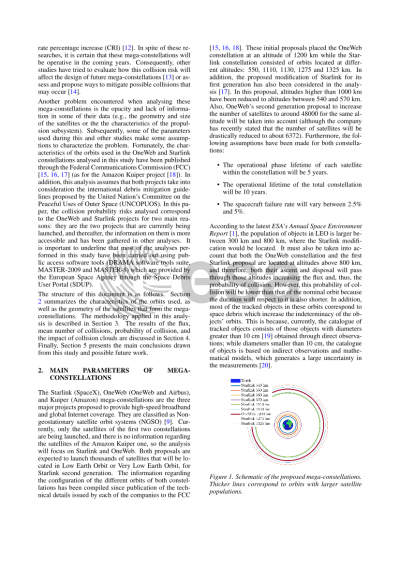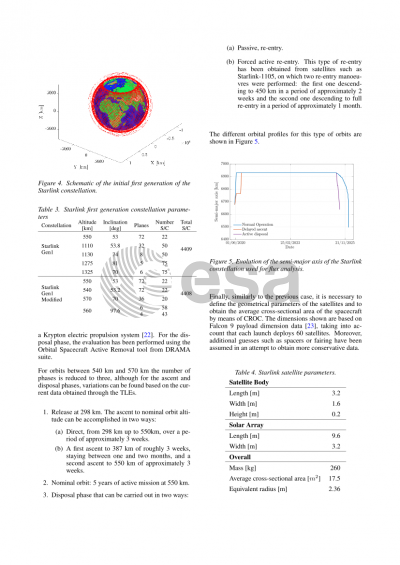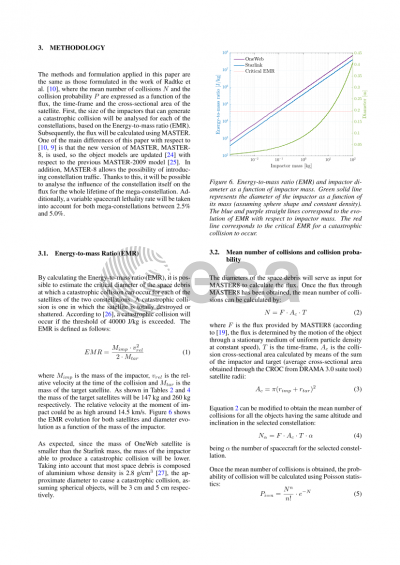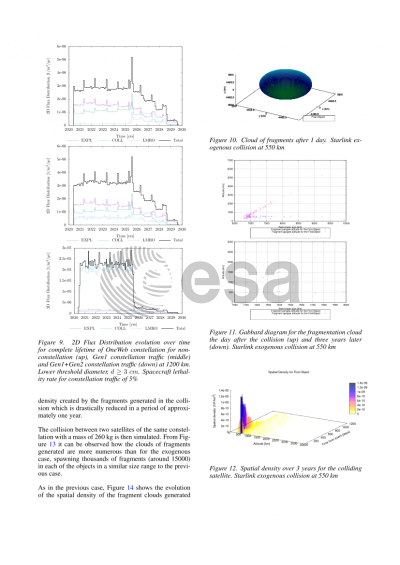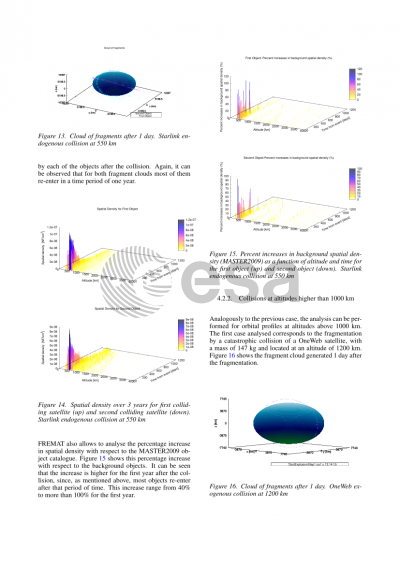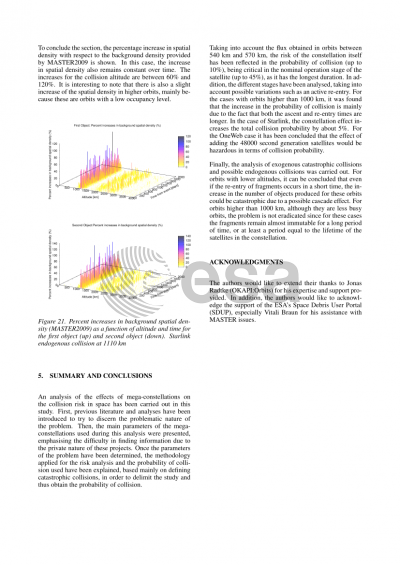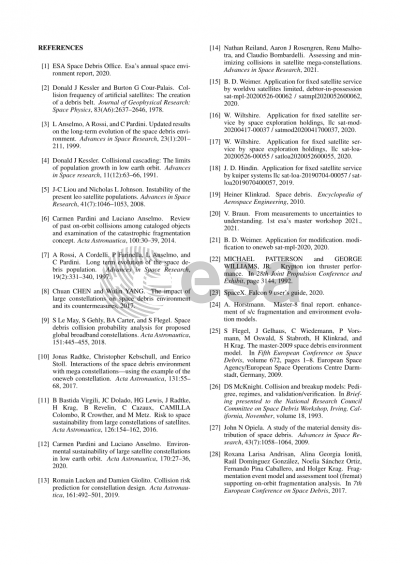Document details
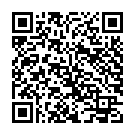
Abstract
The number of companies aiming to launch mega constellations into space is increasing. The majority of them are supposed to be deployed in Low Earth Orbit (LEO) regions where the population of space debris is most concentrated. This change in the industry requires developments in collision risk analysis since, in case of satellite failure, the probability that one of them collides with a piece of space debris is not negligible, and the satellite would potentially break apart creating more space debris. Therefore, a collision would ultimately increase the overall collision risk, leading to the well-known Kessler syndrome.
This paper discusses the investigation of how mega-constellations will affect the space environment in terms of collision risk. At first, an overview of the different mega constellations has been carried out in order to provide orbit definition and orbital lifetime for different scenarios. Then, different methods and mathematical tools to compute the collision risk have been considered. ESA-MASTER has been used to compute the flux during the complete orbital lifetime with the purpose of estimating the mean number of collisions and the impact probability for the entire constellation. Since these constellations are formed by hundreds or thousands of satellites, the endogenous and exogenous encounters have been also computed for objects in a mega-constellation. Thus, it has been characterised the impact of a collision cloud on the constellation. This analysis has been made following two different approaches: the collision of a single object of the constellation with an external space debris, and the failure on a satellite of the constellation itself which leads to a collision with a second constellation object. The study has allowed to determine the contribution of the impact to the space debris environment and the flux evolution after the encounter. Due to the number of objects, the constellation and the catalogue, it is necessary to optimise the evaluation of the encounters with the aim of reducing the computational expense of the implementation.
Preview
